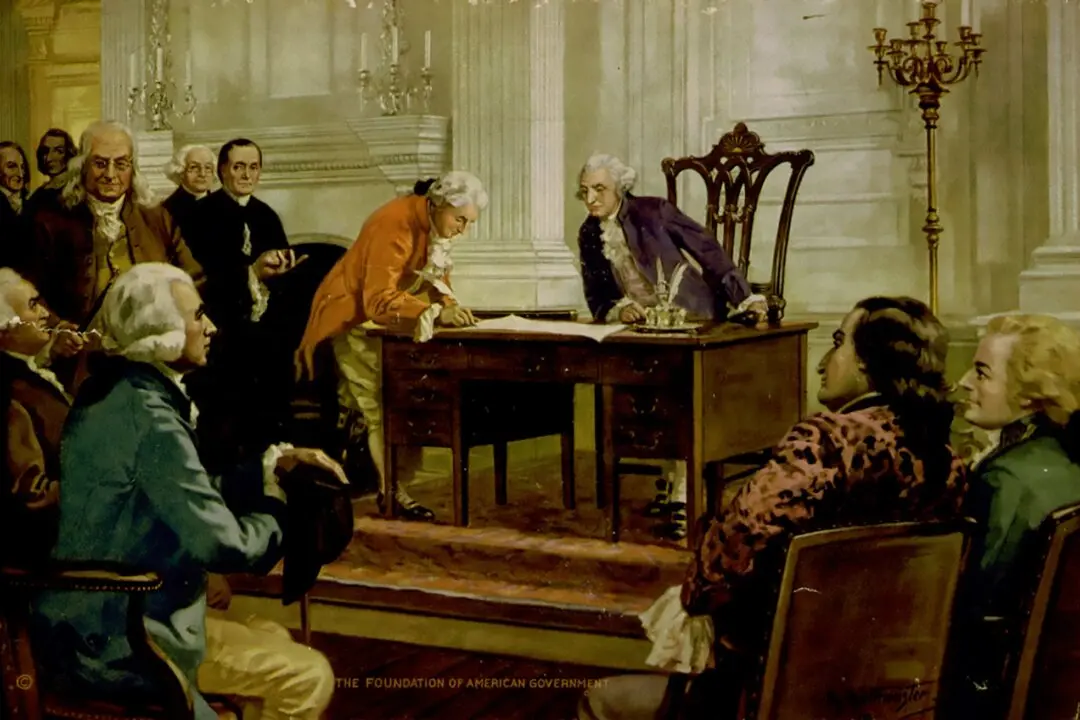In 1800, John Adams became the first president of the United States to live in the “Executive Mansion,” so named until a century later when Theodore Roosevelt officially designated it the White House, the name we use today. That same year, Adams and his wife, Abigail, hosted a Christmas party in their new home featuring their granddaughter, Susanna.
Abigail oversaw the planning of this event. The decorations were the greenery of the season, typical of the time, and a small orchestra provided music for the guests. Following dinner came the singing of carols accompanied by cakes and punch. A friend of Susanna’s broke one of her new doll dishes, and in revenge Susanna bit the nose off the friend’s doll. An article relating this squabble notes, “It is said that President Adams stepped in to intervene and make sure that the incident didn’t escalate.”






